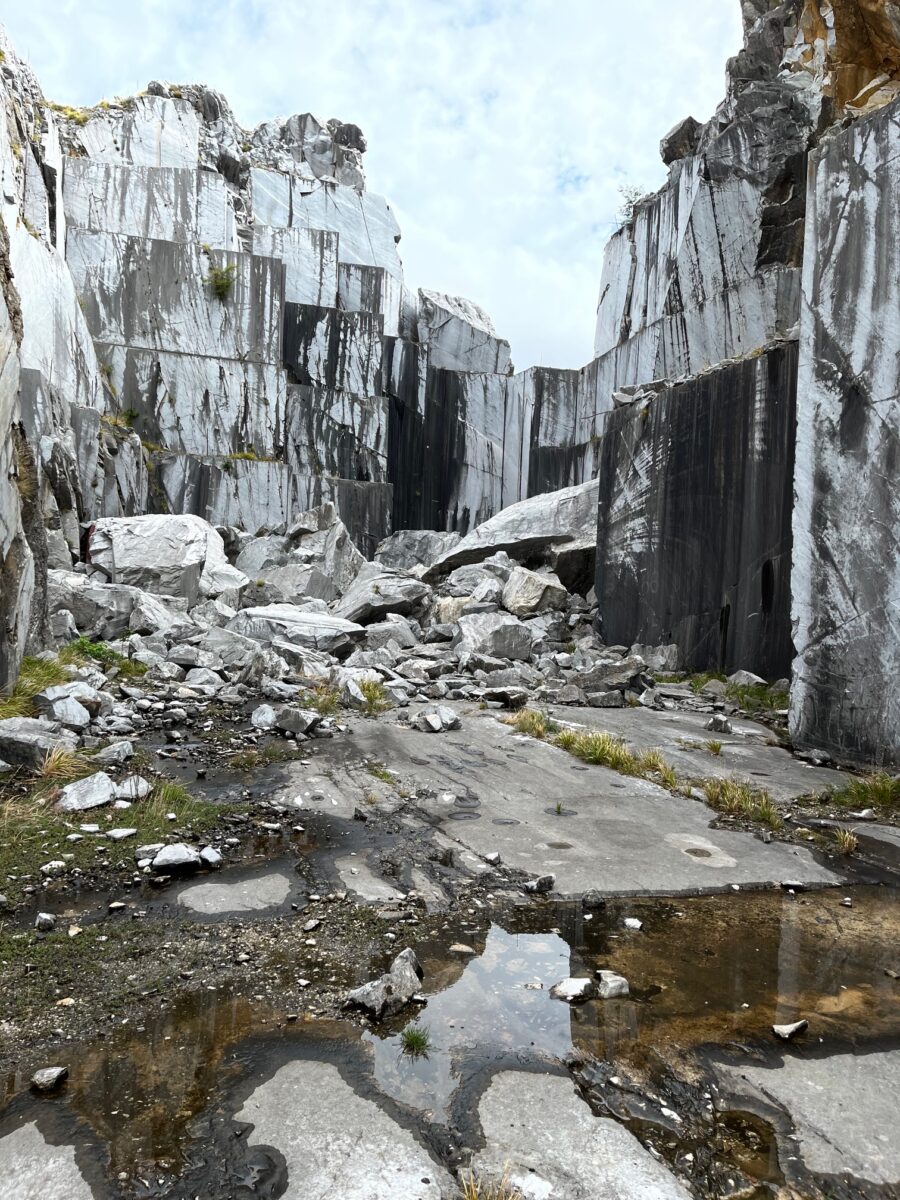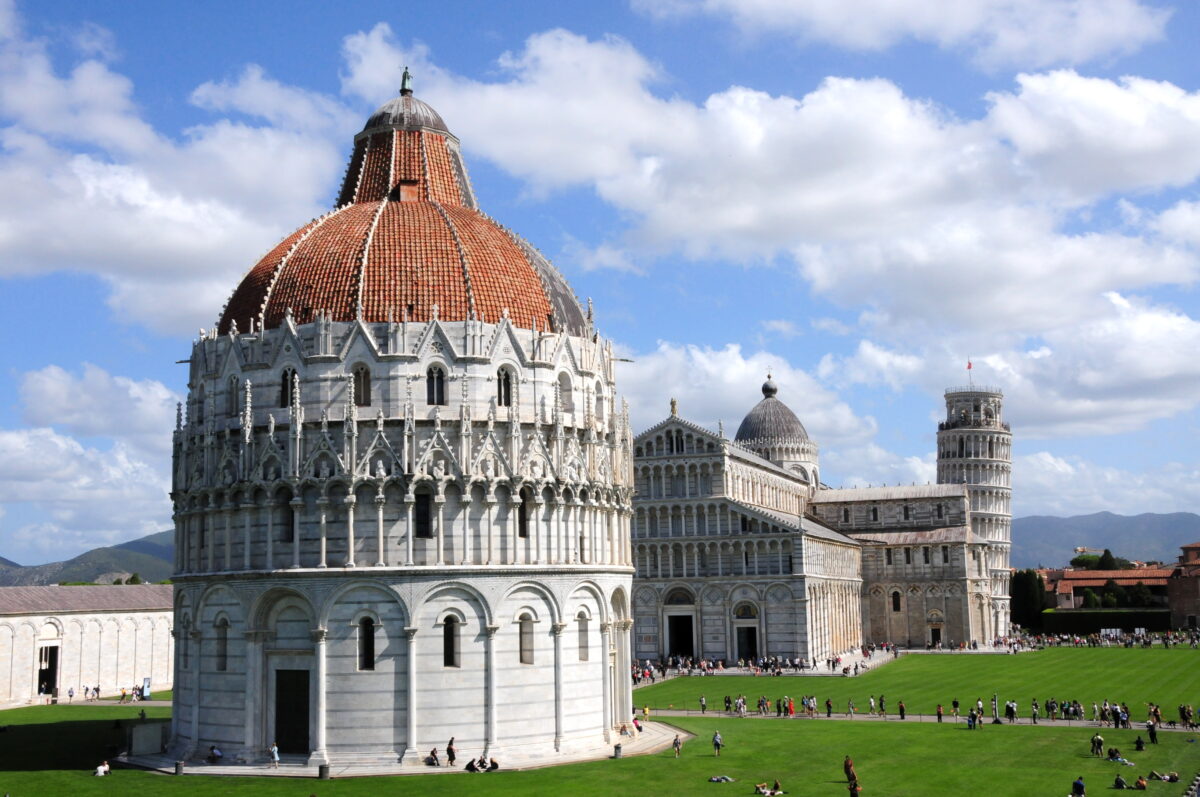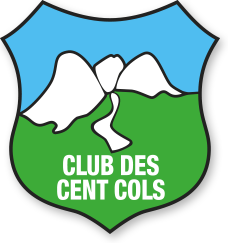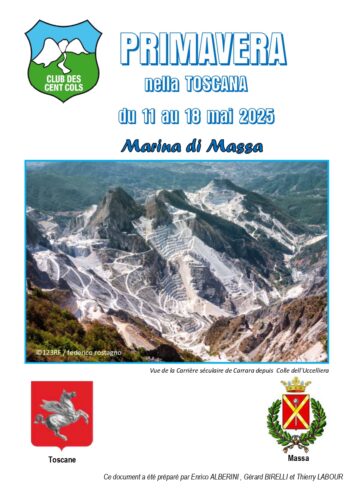Spring Holiday at Marina di Massa from May 11 to 18, 2025
Du 11 mai 2025 au 18 mai 2025
Enrico Alberini, Gérard Birelli, Thierry Labour, IT and Tourism team heads, have contributed to this page presenting this stay
SOLD OUT
This spring holiday will take place in Tuscany on the Tuscany Riviera and the Riviera di Levante as well as in the national parks of Cinque Terre and Appennino.
Organizing a stay in Italy at this time of the year presents several constraints because of :
- the climate : the Alpine massif is excluded due to late spring snow
- the necessity to find a group accommodation nearby reduces the number of possibilities
- the topography does not allow daily biking routes with return to base camp. So we must reduce car travels to reach the starting point of the routes.
To prepare this holiday, the small team composed of Enrico Alberini, Gérard Birelli and Thierry Latour had to take their cars 4 times in the week to go to the starting points of the biking routes.
All the mountain bike routes have been recognized between May 2023 and June 2024. As Marina di Massa is far from France, it hasn’t been possible to recognize the routes just before the stay or to follow the advice of local people.
The descriptions of the routes are given as general information which could no longer be valid at the dates of the stay due to changes of the terrain and environment since we last recognized the routes.
Security
Tuscany is an extension of Liguria, wedged between the Ligurian sea and the Apennines.
It is a densely populated area with a population concentrated on the coastal strip called the Riviera di Tuscany.
Road trafic is therefore heavy on the coastal road, the Via Aurelia (SS1) and when you drive away from the coast. We think it is important to draw your attention to the fact that you must respect the Highway Code scrupulously, especially when you are riding in groups.
As soon as you are away from the coast, road trafic becomes lighter and telephone coverage is excellent when needed.
For emergencies, call 112.
As for the mountain-bike routes, they follow forest tracks or GR trails that do not require great technical skills. You’ll have to carry your bikes only rarely and most of the time you will be able to take by-pass routes indicated in the route sheets.
To drive from the centre to the starting point of the routes, we strongly recommend to choose the highway as trafic on the Via Aurelia and through the cities is very heavy and slow.
Image rights – RGPD
We would like to remind you that if you post pictures on websites and social networks showing cyclists and people who can be identified, you must beforehand be sure that you respect the RGPD (GDPR) and image rights.
The law provides that anybody who agrees to be taken a picture of does not necessarily agrees to see this picture published on websites and social networks, which means that the photographer must ensure that they have both agreements before publication.
The photographer who publishes slideshows or video presentations on the Club forum gives their implicit consent to the Club des Cent Cols to exploit these presentations as the Club team decides.
This consent can be withdrawn any time by contacting the Data Protection Officer without calling into question the lawfulness of the processing based on your consent made before its withdrawal.
Tuscany and its surroundings
Roughly speaking, the mountain range between the two seas forms an arc from the city of Savone on the Mediterranean coast and the Strait of Messina in the Ionian Sea. Its center extends towards the Adriatic coast. However, the Apennines offer low-altitude mountainous bastions which do not belong to the geographical profile of the main chain.
These mountain formations, isolated among the hills, belong to the Apennine group (the equivalent of the Prealps in the Alps). They include the metalliferous hills, Monte Conero, Monte Albano, Monte Lepino, Circeo, Gargano and Vesuvius. The highest point is Corno Grande, in the Grand Sasso massif in Abruzzo, at 2912 meters above sea level. The Northern Apennines, also named the Appennino settentrionale in Italian is part of the Western Alps (pass at an altitude of 459 m).
This part of the Apennines includes one and only massif exceeding 2000 m above sea level, which is the Tuscan-Emilian Apennines with Monte Cimone being its highest point at 2,165m. The mountains of this area are rather rounded, forming a line bending towards the nearby hills. The passes, most often on roads, are between 700 and 1000m above sea level. This area includes however large wild forests between Tuscany and Emilia-Romagna with the Tuscan-Romagna Apennines. The Apuan Alps culminate at 1947m above sea level with Monte Pisanino but they include totally wooded peaks and gorges giving them an appearance similar to the sugarloaf mountains of the Orient. What’s more, these peaks slope steeply down to the Tyrrhenian Sea with many impressive cliffs.
Tuscany is one of the 20 divisions of Italy. It is located in the center west of the country. Its capital is Florence..
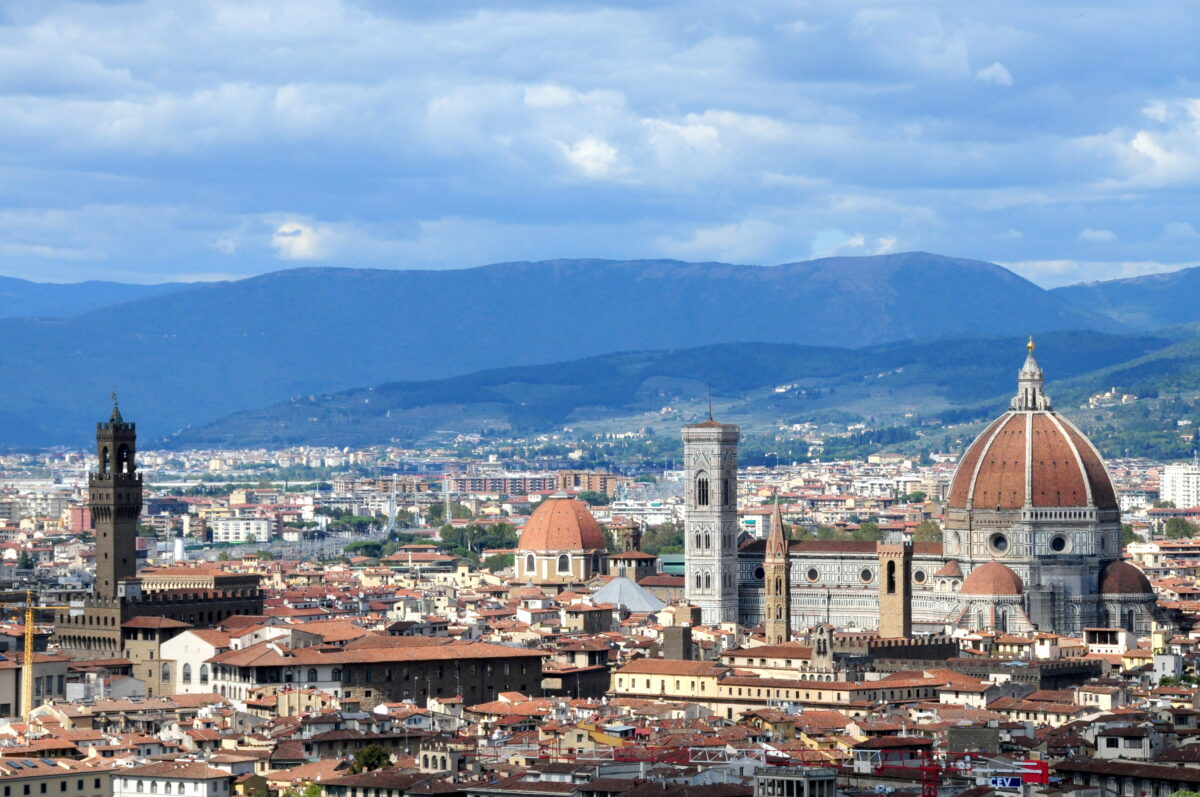
Considered as the cradle of Renaissance and humanism, its exceptionally rich political and cultural history gave Italy its language, its famous authors like Dante, Boccaccio and Petrarque, its great politicians like Cosmo the Elder Lorenzo the Magnificent, Machiavelli and Catherine de’ Medici, its world-renowned artists such as Brunelleschi, Fra Angelico, Botticelli, Leonardo da Vince and Michelangelo, and an immense architectural heritage.
Its economy is essentially based on tourism, agriculture and fashion industry. Shaped as a triangle, Tuscany is located in central Italy between the north of the Tyrrhenian Sea and the Apennines.
The word « Toscana » (Tuscany) appeared in the 10th century. It comes from the Latin Tuscia which from the 3rd century referred to ancient Etruria or Tuscia, the land of the Etruscans, located between the Tiber and Arno rivers.
The Etruscans first appeared in history in the 8th century BC, reaching the height of their civilization in the 6th century BC. Subjected to the authority of Rome, they were totally absorbed by Roman civilization in the 1st century BC.
Etruria, the territory of their regional dodecapolis, matched roughly with today’s Tuscany.
Thanks to the fleet power they had built, the Etruscans established trade exchanges with Greece and the Orient (Cyprus, Syria), Gaul, Hispania and Africa (Carthage), exporting Tuscan iron and copper and importing fabrics, jewelry, ivory, ceramic, etc.
They tried to extend their domination towards the south in the second half of the 7th century BC. They occupied the Latin country. They settled in Rome which remained for more than a century under the rule of the kings from Etruria, the Tarquin family.
Around the beginning of the 6th century BC, the Tarquis adventured in Campania but they were stopped by the Greeks residing in South Italy (Greater Greece). In the north, towards the end of the 5th century BC, various groups settled in a large part of the Po plain. They established settlements in Bologna (then Felsinea) and Spina harbour (located today in the Po delta, a strategic position to control the Adriatic trade.
Etruria formed a federation of twelve city-states grouped in dodecapolis, named lucumonies because they were governed by a king called « Lucumon », whose union was more religious than political.
Before the end of the 6th century BC, Tarquinius Superbus (‘Tarquin the Proud’), the seventh and last king of Rome was expelled and Rome became a republic (509 BC). Beginning of the 7th century, the Etruscans, then cut estranged from Campania, tried to establish a sea link but were defeated by the Greeks.
Threatened by Roman expansion from the 3rd centurry onwards, the Etruscan cities yielded one by one to the growing power of Rome : the capture of their religious capital, Velzna, in 265 BC, marks the end of their independence.
The Etruscan civilisation left a rich heritage, notably numerous archeological remains which testify to a refined art and ingenious skills. They also had a great influence on Roman civilisation (as for example, the Haruspices). However, their langage, of which there are few written traces, has not yet been deciphered.
Today Tuscany region is composed of 10 provinces (departments) : Florence, Siena, Grossetto, Arezzo, Livorno, Pisa, Pratto, Pistoia, Lucca, Massa and Carrara. (© Wikipédia).
Circuits
Parcours ccTours Toscane 2025
National and regional parks
The bike routes designed for this holiday pass through several national and regional parks : the Cinque Terre Park, the Apuan Alps Regional Nature Park, the Montemarcello-Magra Regional Nature Park, the Valli del Cedra e dei Cento Laghi Regional Park.
It is not forbidden to ride a mountain-bike on the path and forest tracks. Just remember to respect the fauna and flora and to take the rubbish home with you.
The paths and tracks we followed are maintained and signposted by the local sections of the Italian Alpine Club.
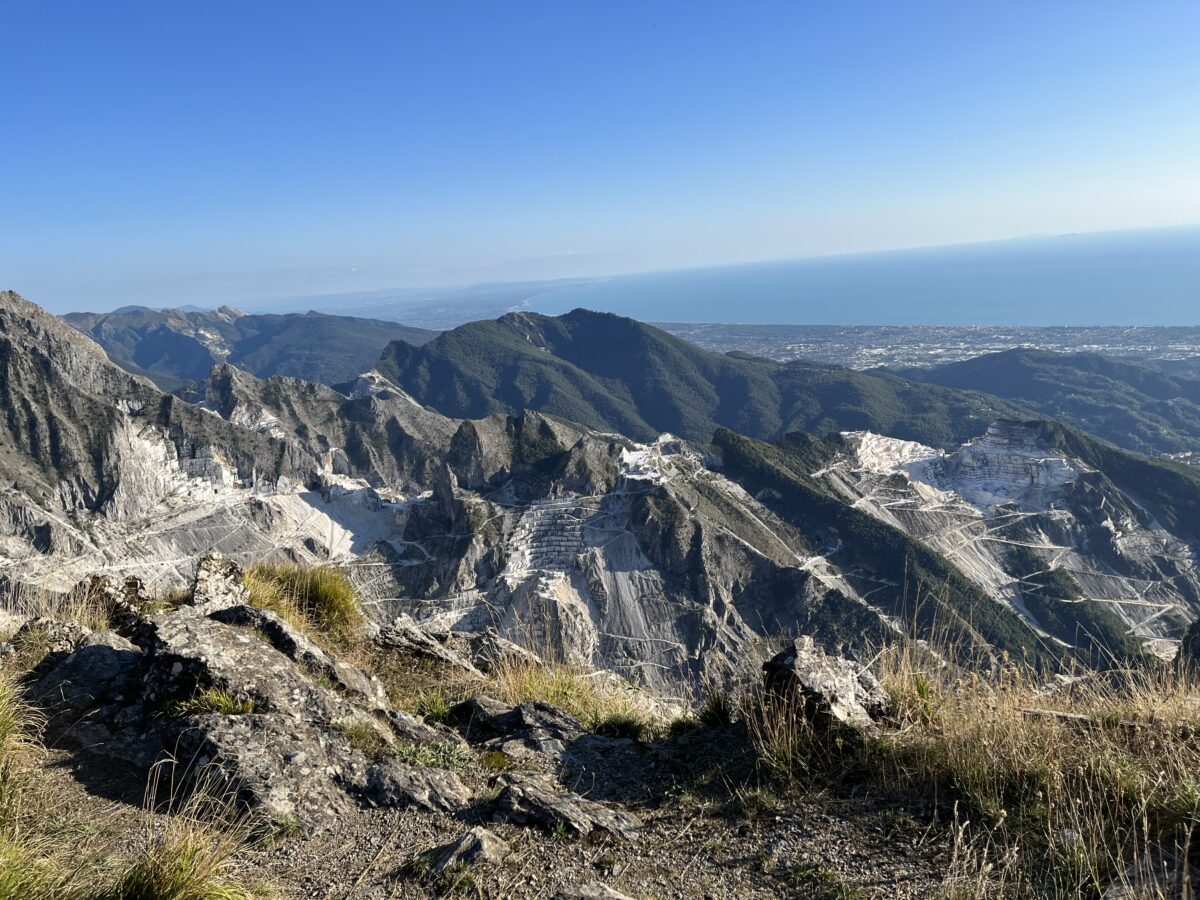
Linea Gotica and the Parco della Pace
The Linea Gotica (the Gothic Line) or Linea Verde is a natural defensive line fortified during the Second World War. You can find various monuments and remaining buildings from Massa to Pesaro while hiking over 407 km in 25 stages.
In memory of various massacres that took place in 1944 (the Adreatine Caves site, Sant’Anna di Stazemma and Marzabotto), the Parco della Pace houses a museum in Sant’Anna retracing the events you’ll find along the mule track (V27).
BIG
We would like to inform the cyclists participating in the BIG challenge that several passes are included on the routes :
- Colle dei Due Santi (R11)
- Passo della Cisa (R12)
- Passo Cirone (R12)
- Passo delle Cerreto (R15)
- Passo del Lagastrello (R15)
Accomodation
We’ll be staying at the Verve Torre Marina hotel. The hotel complex is located between the Apuan Alps and the Cinque Terre Park on the Tuscany-Liguria border.
The village has an outdoor pool and direct access to a private beach area in the center of a park of maritime pines extending over more than 5 hectares.
It is 15 minutes away from Massa Centro station and 10 km from Forte dei Marni by car.
Advanced arrivals or late departures will be impossible.
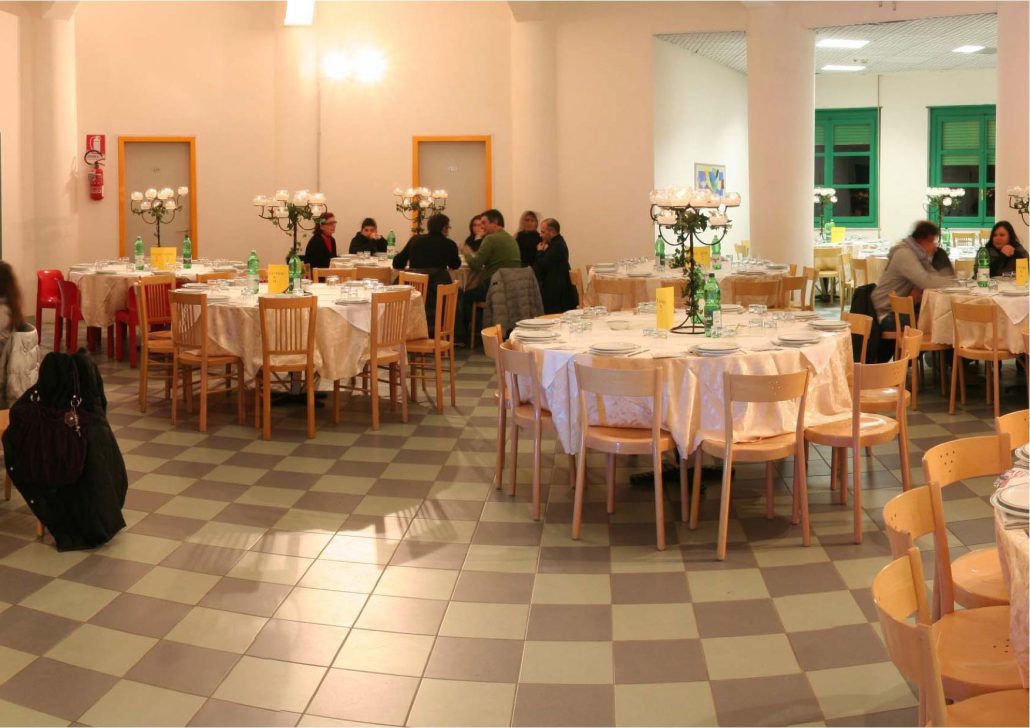
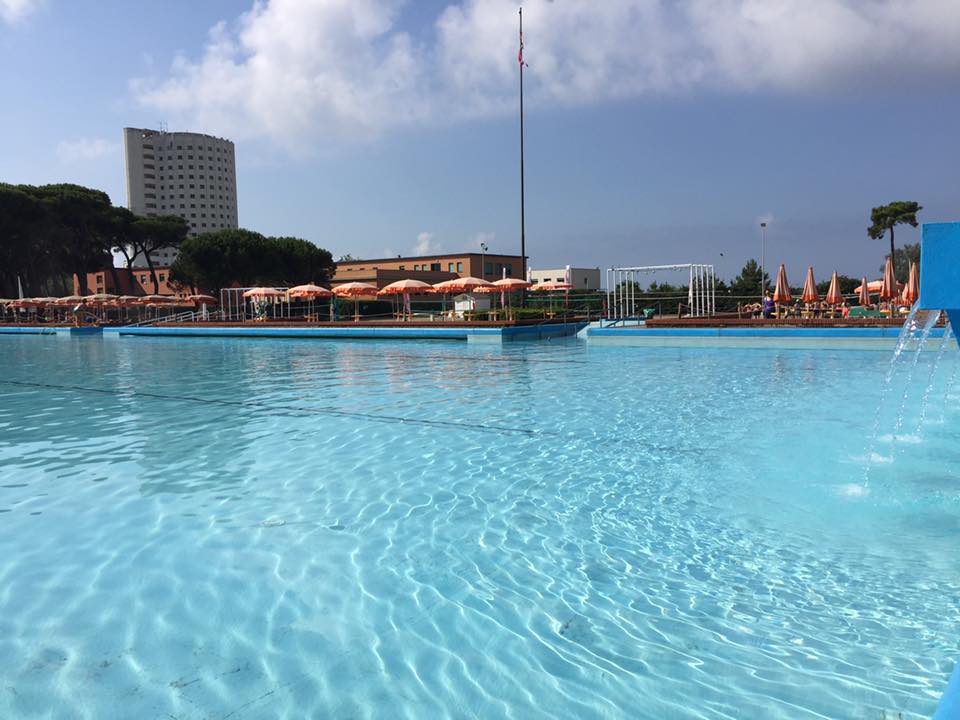
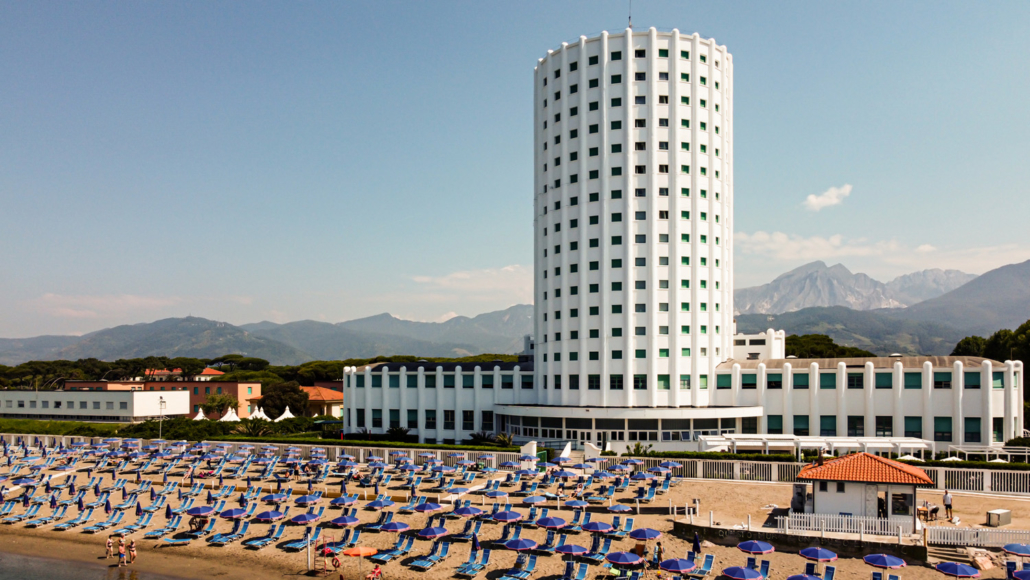
Verve Torre Marina , Via Fortino di San Francesco 1 54037 Massa Tel : +39 0585 869310
Two camp-sites are nearby for campers and motor-homes.
Camping Aurora di Arcolini, Via delle Pinete 408. 54100 Marina di Massa Tel : +39 0585 788111
Camping Luna, Via delle Pinete 392 54100 Marina di Massa. Tel : +39 0585 780460
WORD FROM THE BOARD OF ADMINISTRATION
It you are considering booking an accommodation different from those suggested, think of subscribing to ‘Solidarity Fund’ for us :
- to be able to organize the events offered to the participants (information sessions, welcome and farewell drinks),
- to be able to offer the Cent Cols booklet on Praz-sur-Arly stay
- to share out the preparation and organisation cost equally between all the participants.
Inscriptions
To book your stay, please download the PDF booking form below and follow the instructions. You’ll have to send your booking form before March 11, 2025 deadline.
For legal reasons, these holidays are only open to members of the Club, so please make sure you are up to date with your membership fees before sending in your registration form.
download the booking form
Booklet
You can browse through the booklet here. It will be given during the stay. You’ll find inside welcome messages, information on the region and how to access the place, as well as information on security without forgetting the detailed description of the circuits.
There’s more to life than cycling
Here are some good addresses :
